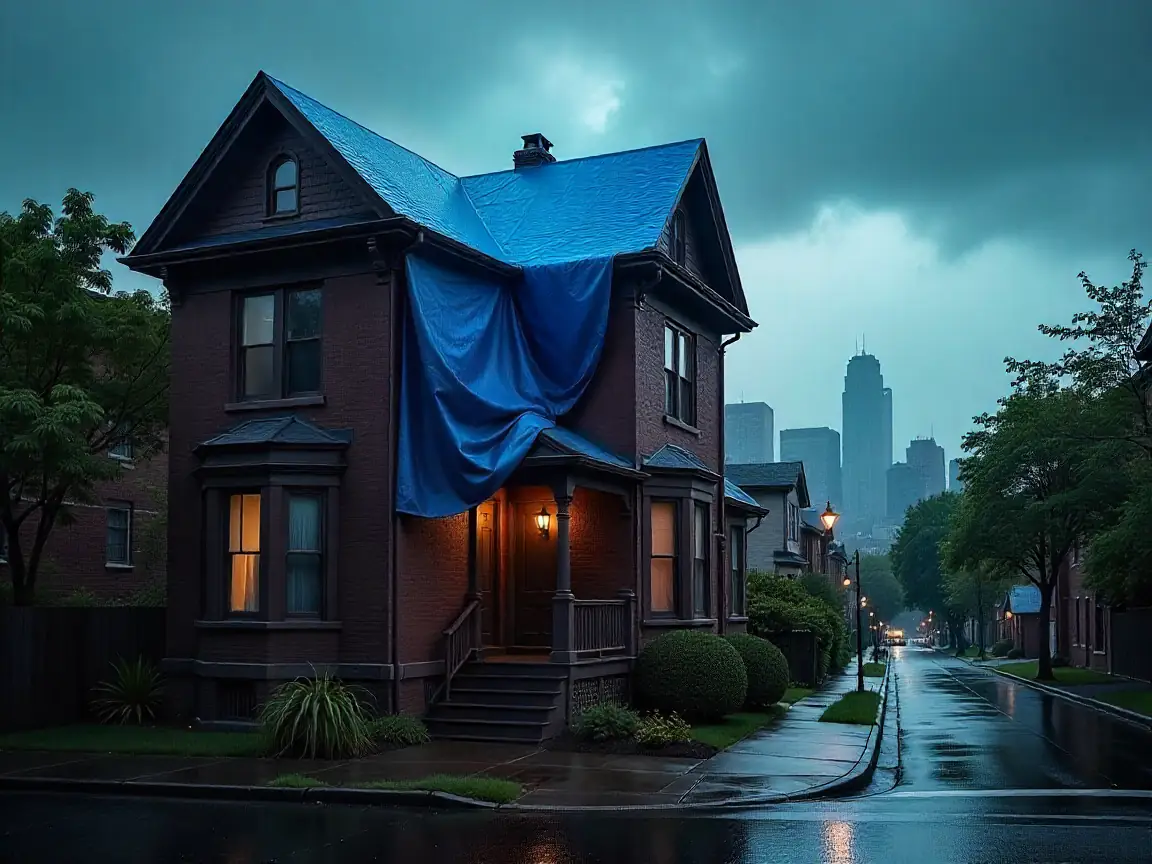How to Stop Mold After a Flood: The Critical 48-Hour Guide
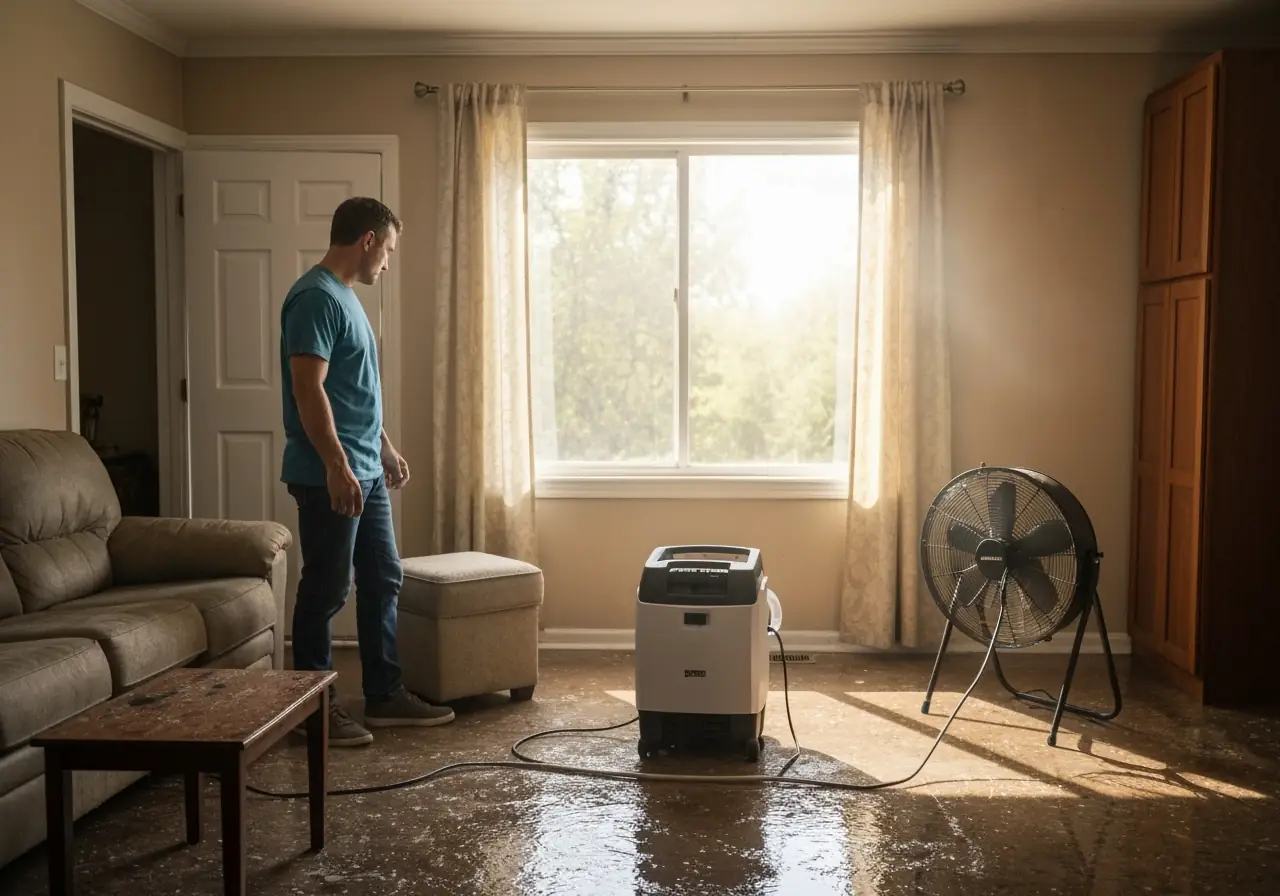
Did you know that mold can begin growing within just 24 to 48 hours after a flood? That's right - when it comes to mold prevention after flood damage, you're literally racing against the clock. Rapid response is crucial in flood recovery and disaster cleanup to avoid mold and protect your indoor air quality.
Mold spores are nearly ubiquitous in our environment - they exist practically everywhere, both indoors and outdoors. However, when these microscopic spores find themselves in water-soaked environments, they quickly transform into a serious problem. This is why experts consistently recommend addressing water issues promptly - if you want to avoid mold, you must attack the problem within that critical 48-hour window.
The fastest path to safety after any water intrusion is removing standing water and thoroughly drying all affected surfaces, furniture, and structural elements as quickly as possible. With each passing hour, your risk of developing a mold problem dramatically increases. Throughout this guide, we'll walk you through the exact steps you need to take during this crucial timeframe to protect your home and health from the dangers of post-flood mold growth.
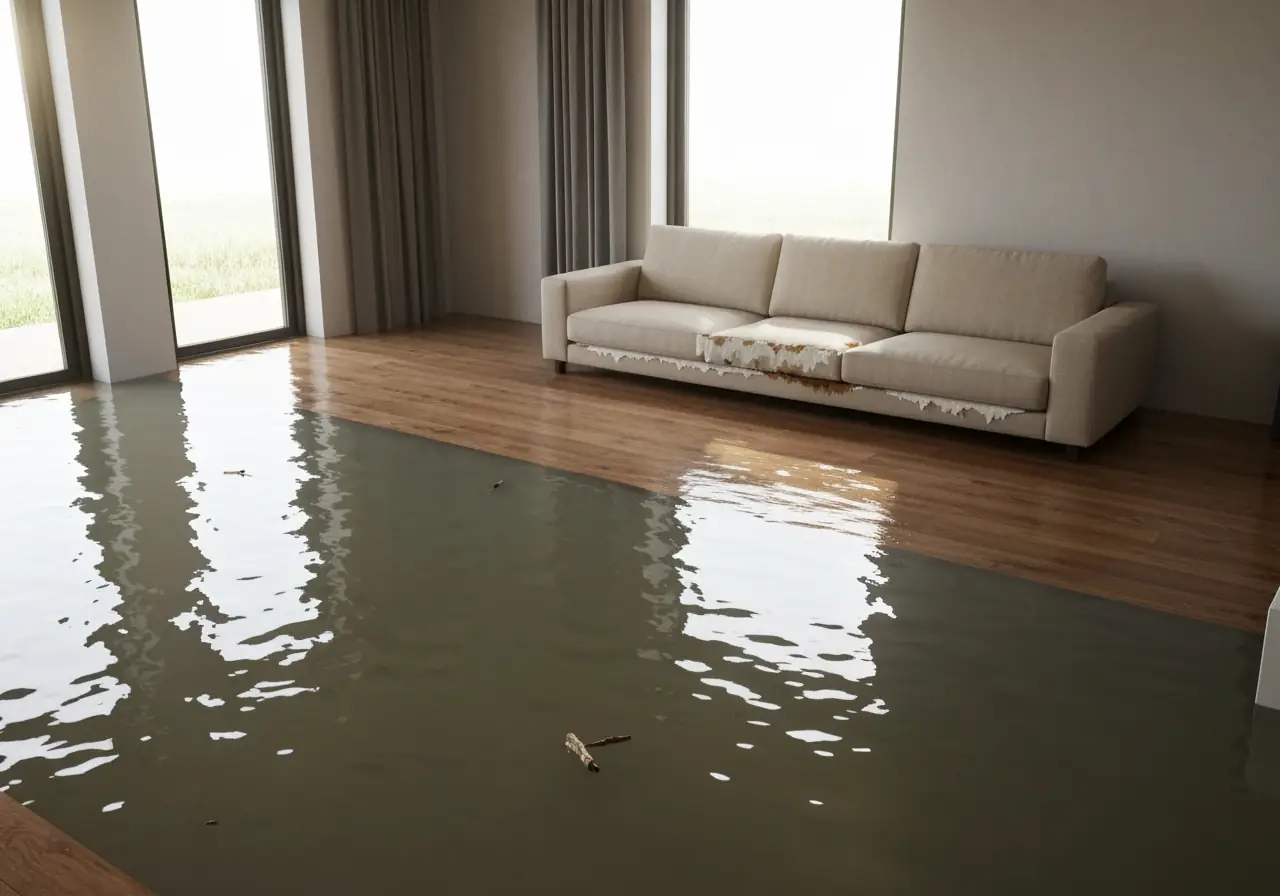
Why Mold Grows Fast After a Flood
The aftermath of a flood creates perfect conditions for rapid mold proliferation. Understanding why mold grows so quickly can help you take effective action within that critical 48-hour window to prevent a full-blown infestation.
How mold spores spread in damp environments
Mold spores are microscopic particles that exist virtually everywhere in our environment. These tiny, invisible spores float through the air and can settle on any surface. Under normal conditions, they remain dormant. Nonetheless, once they encounter moisture from flood waters, they quickly activate and begin colonizing surfaces, leading to mold in buildings.
Within just 24 to 48 hours of water exposure, mold can begin actively growing. Initially invisible to the naked eye, colonies become visible within 18-21 days after flooding. The process accelerates because floodwaters dramatically increase indoor humidity levels, creating ideal growing conditions throughout your entire home.
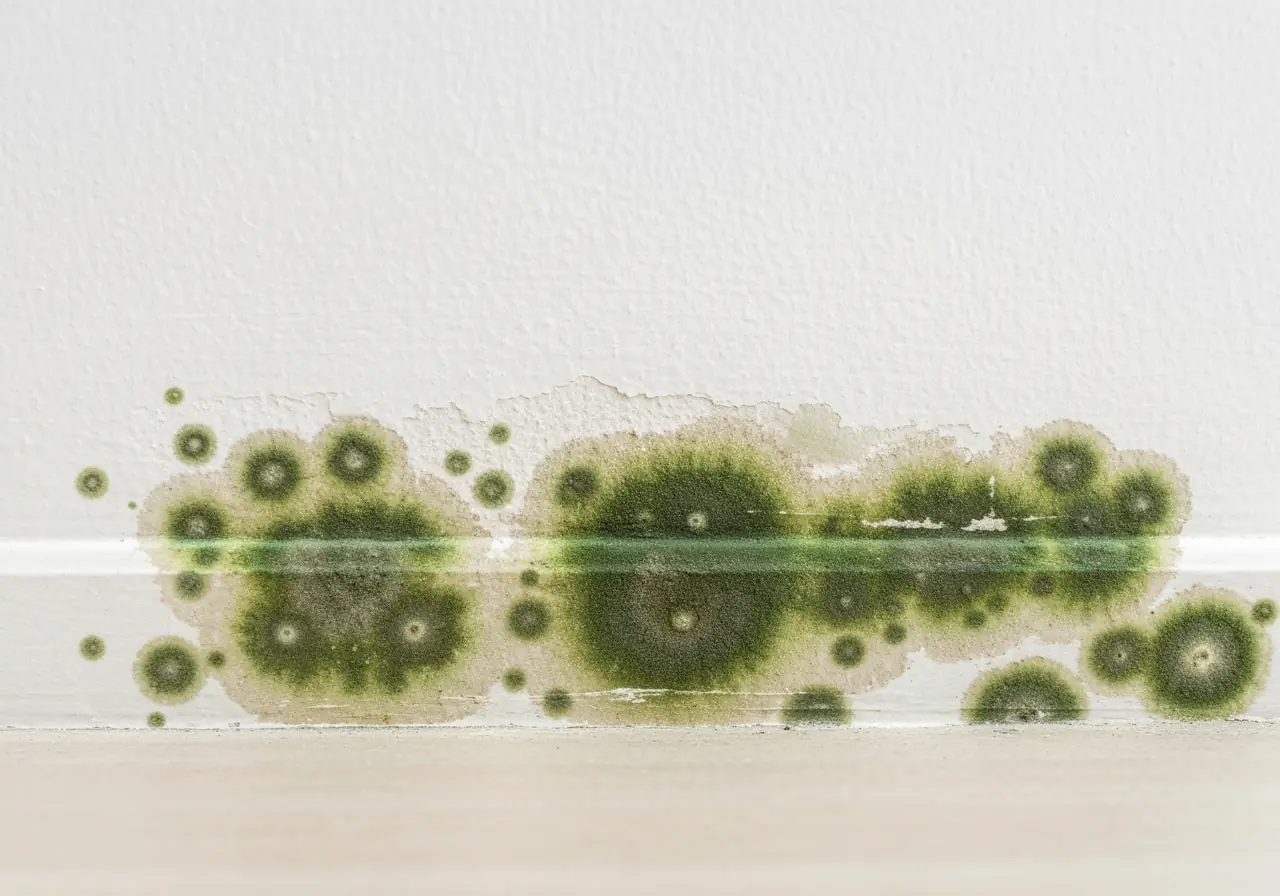
What causes mold in a house after water damage
Several key factors contribute to rapid mold growth following water damage:
- Excessive moisture: The primary driver of mold growth is water. Flooding saturates building materials, providing ample moisture for mold to thrive.
- Optimal temperature: Mold grows fastest in warm environments, typically between 77-90°F (25-30°C).
- Available food sources: Mold feeds on organic materials commonly found in homes, including drywall, wood, carpet, wallpaper, and fabric.
- Poor ventilation: After flooding, buildings often suffer from reduced airflow, trapping moisture inside and further encouraging mold growth.
- Delayed response: The longer moisture remains, the greater the mold colonization.
Most concerning is that mold damages whatever it grows on. The longer it persists, the more extensive the destruction becomes, affecting both the structure and indoor air quality.

Mildew vs mold: what's the difference?
Though "mildew" is often used interchangeably with "mold," they're actually distinct. Mildew is technically a specific type of mold that appears as flat, powdery white or gray spots. Additionally, it typically grows on surfaces without penetrating deeply.
In contrast, true mold often appears fuzzy, can be various colors (green, blue, black, or even red), and tends to be more invasive. Furthermore, while mildew typically spreads outward staying on the surface, mold spores eat into materials and grow upward, making them significantly harder to remove.
Both require prompt attention, but mold presents greater structural damage risks and potentially more serious health effects.
Mold spreads quickly after flooding - act fast. Contact Recovery Pros NY for 24/7 mold removal and restoration in NYC.
The First 48 Hours: What to Do Step-by-Step
Acting swiftly in the first 48 hours after a flood is your best defense against mold. This critical window determines whether you'll face a minor cleanup or a major mold remediation project.
1. Turn off power and assess safety
Before entering a flooded area, turn off electricity at the main breaker panel or fuse box. Never attempt this if you must stand in water to reach the panel—instead, contact your utility company or a licensed electrician. Electrocution is the second-leading cause of death during floods, therefore your safety comes first. Avoid touching any electrical appliances, outlets, or switches until power is disconnected.
2. Remove standing water quickly
Once the area is safe, immediately begin water extraction using buckets, mops, or wet/dry vacuums. For deeper flooding, consider renting submersible pumps. The faster you remove water, the less time mold has to establish itself. Start this process within 24 hours to maximize your chances of preventing mold growth.
3. Dry out walls, floors, and furniture
Open up water-damaged walls by removing wallboard and paneling to at least the flood level. Consider cutting 4-12 inch sections from the bottom and top of walls to create a "chimney effect" for better air circulation. Remove all water-damaged insulation as it holds moisture for months. Move wet furniture and carpets outside, especially if they've been exposed to contaminated water.
4. Use fans and dehumidifiers to lower humidity
Properly position fans at windows or doors to blow moist air outside rather than around the room. Place dehumidifiers in the center of spaces, away from walls, and set humidity to 50%. According to mold remediation guidelines, pair each dehumidifier with 3-4 air movers (fans) for optimal effectiveness. Keep doors and windows open if outside humidity is lower than inside. Using exhaust fans can also help improve air circulation and reduce moisture levels.
5. Discard porous items that can't be cleaned
Any porous items wet for more than 48 hours should be discarded, primarily:
- Mattresses and pillows
- Upholstered furniture
- Carpets and padding
- Paper products and cardboard
- Food items touched by floodwater
6. Clean hard surfaces with detergent and water
Non-porous surfaces like metal, plastic, and sealed wood can often be saved with proper cleaning. Scrub these surfaces with detergent and hot water, then disinfect them. For areas exposed to sewage or contaminated water, a bleach solution (1 cup bleach to 1 gallon water) can be used as a final disinfectant. Importantly, never mix bleach with ammonia-containing products as this creates toxic substances. Consider using products like Concrobium mold control for effective cleaning and prevention of future mold growth.
Every hour matters after flooding. Contact Recovery Pros NY for emergency water removal and mold prevention in NYC.
Protecting Your Health During Cleanup
Cleaning up after a flood poses serious health risks beyond the visible damage. Protecting yourself appropriately should be your top priority.
Common health risks from mold exposure
Exposure to mold can irritate your eyes, skin, nose, throat, and lungs in both allergic and non-allergic individuals. Moreover, inhaling mold spores may trigger asthma attacks in people with asthma. Symptoms often include runny nose, coughing, sneezing, watery eyes, and skin rashes. For those with chronic respiratory conditions, the consequences can be even more severe.
Who should avoid DIY mold cleanup
Several groups should never participate in mold remediation:
- People with asthma or allergies
- Individuals with weakened immune systems
- Those with chronic respiratory diseases
- Children and pregnant people
- Elderly individuals
Essential personal protective equipment: respirators, gloves, goggles
For proper protection during cleanup, wear:
- NIOSH-approved N95 respirator (minimum)
- Non-vented goggles that provide complete eye protection
- Protective gloves (non-latex, vinyl, nitrile, or rubber)
- Long-sleeved shirt, long pants, and waterproof boots
How to know if you have mold in your house
Begin with a thorough visual inspection. Look for stained or discolored areas on walls that grow larger or change color. Additionally, a strong musty odor typically indicates mold presence. Remember that mold can hide behind wallpaper or inside wall cavities. If building occupants experience allergic reactions only when inside your property, this also suggests mold contamination.
Mold exposure can seriously impact your health, especially for children, elderly individuals, and those with respiratory conditions. Protect your family and home - contact Recovery Pros NY for safe, professional mold remediation in NYC.
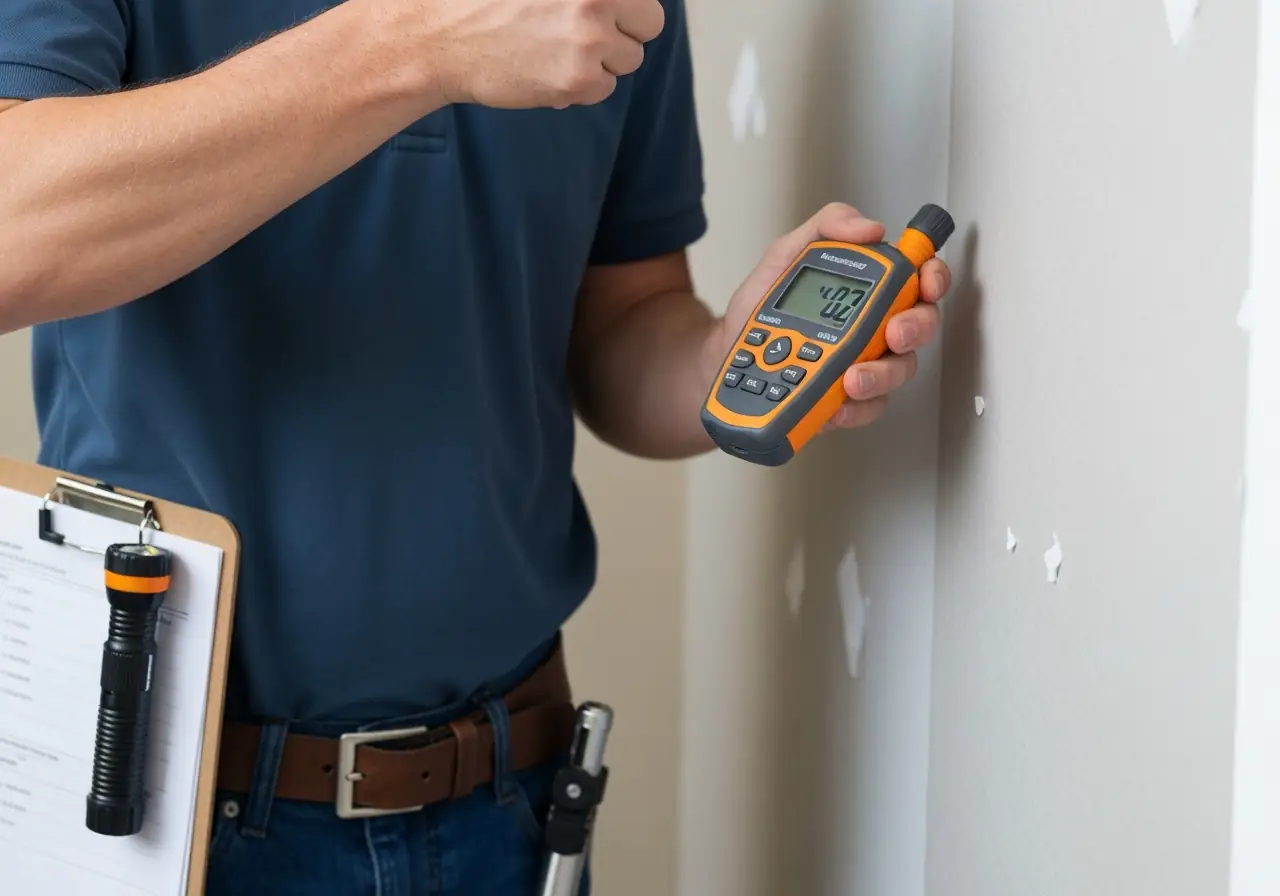
When to Call a Professional Mold Remediation Team
Despite your best efforts within the 48-hour window, sometimes mold problems require professional intervention. Knowing when to call experts can save time, money, and your health.
Signs the mold problem is too big for DIY
Call professionals immediately whenever:
- Mold covers more than 10 square feet (approximately a 3×3-foot area)
- Your home experienced sewage contamination
- Mold appears in your HVAC system
- Water damage remained untreated for more than 48 hours
- You detect persistent musty odors despite cleaning
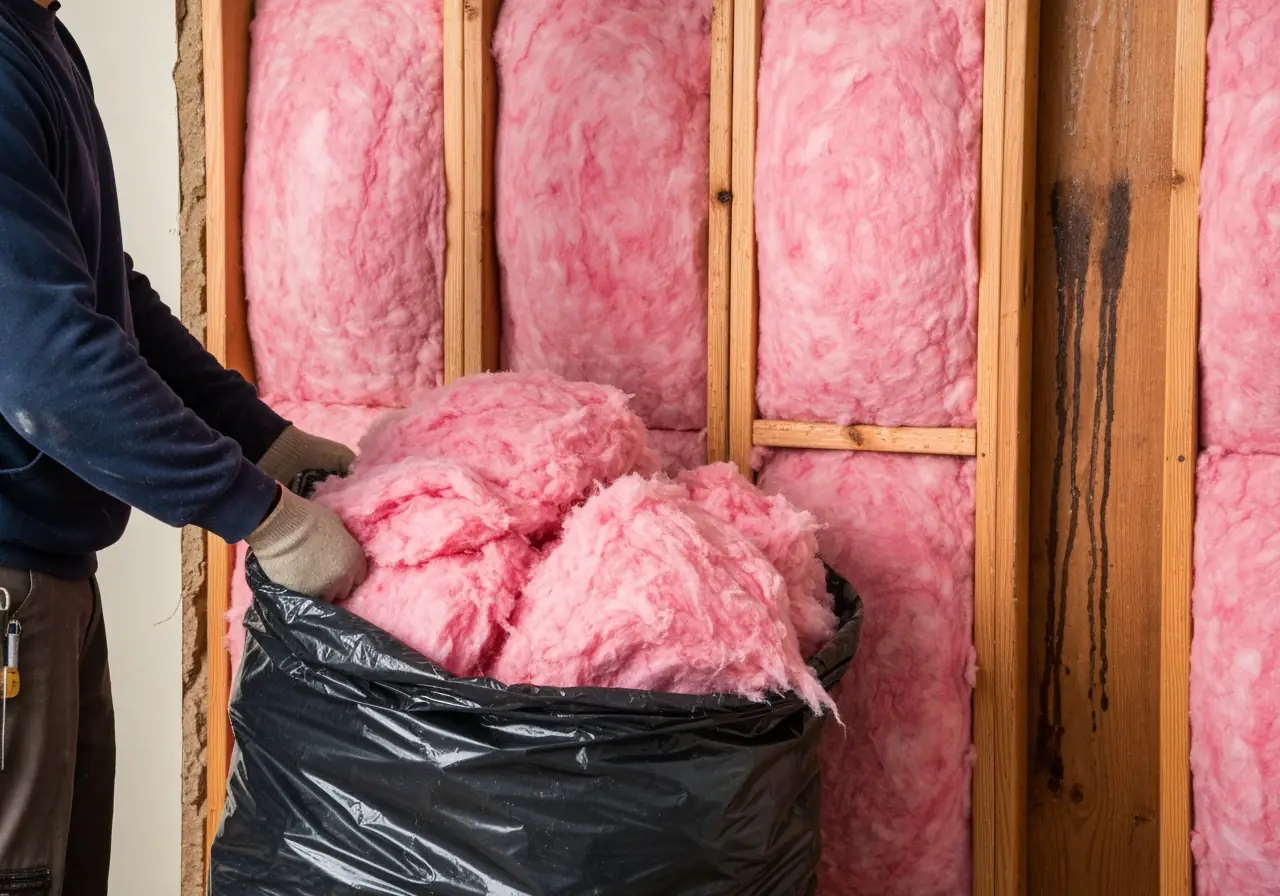
What pros do differently: containment and HEPA filters
Professional remediation teams employ specialized techniques unavailable to homeowners. They create containment barriers with plastic sheeting to prevent cross-contamination. Additionally, they use negative air pressure chambers to isolate affected areas. Most importantly, they utilize HEPA filtration systems that capture 99.97% of particles 0.3 microns or larger, effectively trapping mold spores before they spread. They may also use HEPA vacuums for thorough cleaning of affected areas.
How to choose a certified mold removal expert
Look for specialists with certifications from recognized organizations such as IICRC, NEHA, AIHA, or ACAC. Always check references and verify credentials. Notably, consider hiring separate companies for testing and remediation to avoid conflicts of interest. Professional mold inspectors often use advanced tools like moisture meters and thermal imaging cameras to detect hidden moisture and mold growth.
CTA: Schedule a mold inspection if unsure
Whenever you're uncertain about hidden mold growth or persistent symptoms occur, schedule a professional assessment. A qualified inspector can identify problems invisible to untrained eyes and provide guidance on necessary mold remediation steps.
If you’re unsure about hidden mold or notice persistent musty odors, schedule a professional inspection today. The certified team at Recovery Pros NY provides thorough mold assessments, advanced detection tools, and safe remediation to protect your home and health.
Conclusion
Acting fast after a flood is the best way to prevent destructive mold growth and costly damage. The first 48 hours are critical - delaying water removal, drying, and cleaning can turn a small cleanup into full-scale mold remediation. Begin with rapid water extraction, use fans and dehumidifiers to lower humidity, and thoroughly clean salvageable items. Always protect your health with proper safety gear such as N95 respirators, gloves, and goggles. Individuals with asthma, allergies, or weakened immune systems should avoid direct cleanup. DIY methods work for small areas caught early, but professional mold remediation is essential when mold covers more than 10 square feet, appears in HVAC systems, or follows sewage contamination. Certified experts use HEPA filtration systems, containment barriers, and advanced drying techniques to stop mold from spreading. If you notice persistent musty odors, water stains, or hidden mold risks, schedule a professional mold inspection. Acting quickly within 48 hours safeguards your home, health, and air quality.
Don’t let a minor flood turn into a major mold problem. Contact Recovery Pros NY for 24/7 professional mold removal and water damage restoration in NYC - protecting your home, health, and peace of mind.
Key Takeaways
Time is your most critical ally when preventing mold after flooding. These essential actions within the first 48 hours can mean the difference between minor cleanup and major remediation costs.
• Act within 48 hours: Mold begins growing within 24-48 hours after flooding, making immediate water removal and drying absolutely critical for prevention.
• Safety first, then speed: Turn off electricity before entering flooded areas, then immediately remove standing water and use fans plus dehumidifiers to dry everything thoroughly.
• Discard porous materials: Items like mattresses, carpets, and upholstered furniture that stayed wet over 48 hours must be thrown away to prevent mold spread.
• Wear proper protection: Use NIOSH-approved N95 respirators, non-vented goggles, and protective gloves during cleanup to avoid serious health risks from mold exposure.
• Know when to call professionals: Contact certified mold remediation experts if affected areas exceed 10 square feet, sewage contamination occurred, or persistent musty odors remain despite cleaning efforts.
The key to successful mold prevention lies in understanding that every hour counts. Swift action, proper safety measures, and knowing your limits can protect both your property and health from long-term mold damage.
FAQs
Q1. How quickly can mold start growing after a flood? Mold can begin growing within 24 to 48 hours after flooding occurs. This is why it's crucial to act quickly to remove water and dry out affected areas to prevent mold growth.
Q2. What are the most effective ways to prevent mold after water damage? The most effective ways to prevent mold after water damage include removing standing water immediately, using fans and dehumidifiers to dry out the area, discarding porous materials that can't be thoroughly cleaned, and cleaning hard surfaces with detergent and water.
Q3. When should I call a professional mold remediation team? You should call professionals if the mold covers more than 10 square feet, if there was sewage contamination, if mold appears in your HVAC system, if water damage remained untreated for over 48 hours, or if you detect persistent musty odors despite cleaning efforts.
Q4. What protective gear should I wear when cleaning up after a flood? When cleaning up after a flood, wear a NIOSH-approved N95 respirator, non-vented goggles, protective gloves (non-latex, vinyl, nitrile, or rubber), a long-sleeved shirt, long pants, and waterproof boots to protect yourself from mold exposure and other contaminants.
Q5. How can I tell if I have a mold problem in my house? Signs of a mold problem include visible stains or discoloration on walls that grow larger or change color, a strong musty odor, and allergic reactions that occur only when inside the property. Remember that mold can also hide behind wallpaper or inside wall cavities.


